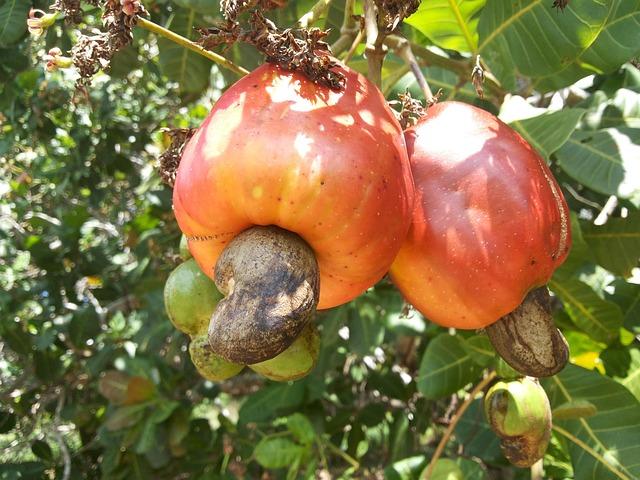In the realm of healthy snacking adn gourmet spreads, raw cashew butter has carved out a niche that boasts both delightful creaminess and a nutrient-rich profile. As consumers become increasingly discerning about their food choices, understanding the quality of what they eat has never been more vital. This exploration into raw cashew butter quality seeks to unravel the relationship between texture and nutritional density, two critical factors that contribute not only to flavor but also to health benefits. By delving into the nuances of this popular nut butter, we aim to provide a clearer picture of what sets exceptional products apart from the ordinary, equipping you with the knowledge to select the best jar for your pantry. Join us as we embark on a journey through the world of raw cashew butter, where taste meets nutrition in a creamy blend of culinary delight.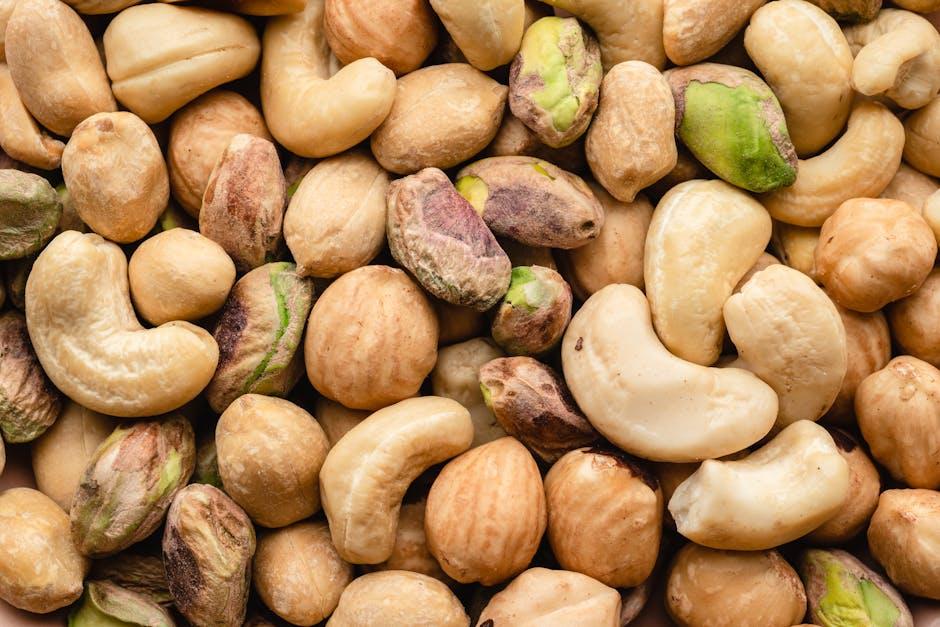
Understanding Texture: The Role of Consistency in Raw Cashew Butter
When it comes to evaluating the quality of raw cashew butter,texture plays a pivotal role. The ideal consistency of this velvety spread can be described as smooth, creamy, and spreadable without feeling overly greasy or dry. A harmonious texture not only enhances the mouthfeel but also affects how the body perceives the nutritional density of the cashew butter. Key characteristics of a superior raw cashew butter include:
- Smoothness: A uniform texture that glides effortlessly.
- Consistency: A balanced mix that doesn’t separate easily.
- Spreadability: Easily spreadable without excessive pressure.
The importance of consistency cannot be overstated, as it invites users to appreciate the full flavors present in the cashew butter. When the texture is just right,it can act as a vehicle for adding to or complementing various dishes—making it a versatile ingredient in both sweet and savory recipes. To further understand the impact of texture on quality, here is a simple breakdown of common texture classifications:
| Texture Type | Description | Impact on Quality |
|---|---|---|
| Silky | Ultra-smooth and creamy | Highly desirable; enhances taste profile |
| Grainy | Possesses visible particulates | May indicate processing issues; not preferred |
| Chunky | Contains larger pieces | Can add an engaging texture; may not be ideal for spreads |
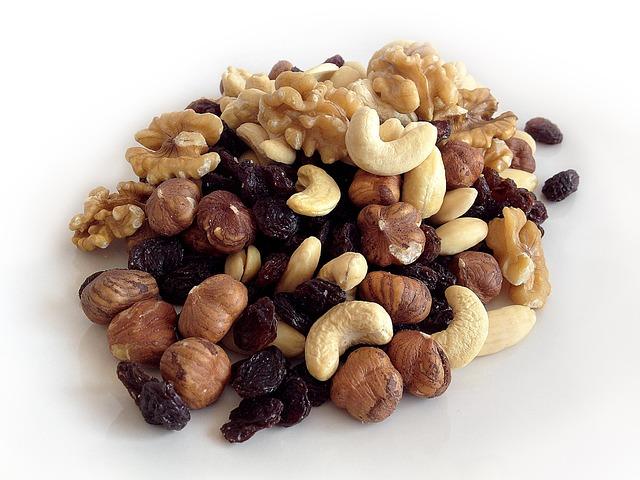
Nutritional Density Unveiled: Assessing Macro and Micronutrient Profiles
When exploring the nutritional density of raw cashew butter, it’s essential to look at both macronutrients and micronutrients that contribute to it’s health benefits. Cashew butter is not only rich in healthy fats but also packs a punch in proteins and carbohydrates, making it a versatile option for various diets. Some of the key macronutrient profiles include:
- Healthy Fats: Primarily monounsaturated and polyunsaturated fats.
- Protein: Contains about 5g of protein per 2 tablespoons.
- Carbohydrates: Low in carbs, typically around 3g per serving.
Beyond its macronutrient content,the micronutrient aspect of raw cashew butter is equally impressive. It’s a notable source of several essential vitamins and minerals that contribute to overall health. Key micronutrients include:
| Nutrient | Amount per 2 tbsp |
|---|---|
| Magnesium | 24% DV |
| Iron | 15% DV |
| Vitamin K | 9% DV |
| Phosphorus | 10% DV |
This combination of macronutrients and micronutrients not only enhances the flavor profile but also elevates the functional benefits of raw cashew butter, making it a superb choice for those keen on integrating nutrient-rich foods into their diet.
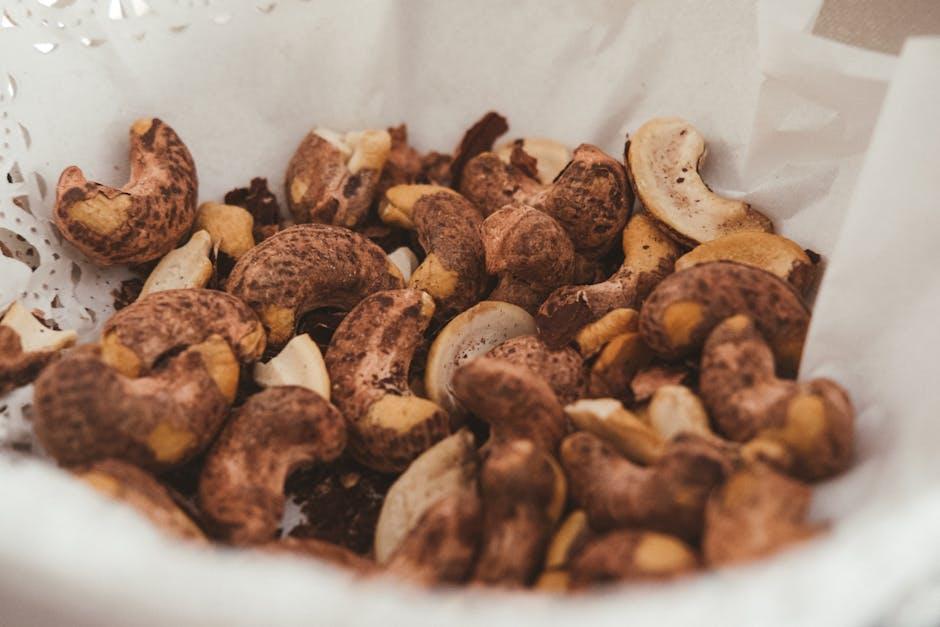
taste and Aroma: Sensory Evaluation as a Quality Indicator
When evaluating the quality of raw cashew butter, taste and aroma play an essential role that extends beyond mere preference. The natural, creamy flavor of high-quality cashew butter should be well-balanced, offering a subtle sweetness that highlights the nut’s innate characteristics. A fresh, pleasant aroma is an enticing aspect of cashew butter; it should evoke a sense of warmth and earthiness, inviting the consumer to partake in its delightful richness. Consider the following sensory attributes when assessing quality:
- Flavor Profile: Should be smooth, creamy, and slightly sweet.
- Aroma Intensity: Fresh and nutty without any rancid or off-putting scents.
- Aftertaste: leaves a mild, pleasant aftertaste that lingers gently.
To gain a comprehensive understanding of the quality, it’s essential to delve deeper into the nuances of taste and aroma.This exploratory process not only enhances enjoyment but also reflects the nut’s strong>nutritional density, as the flavors are frequently enough a direct indication of the freshness and processing methods used. A well-crafted table summarizes some key sensory evaluation aspects:
| Attribute | Description | Quality indicator |
|---|---|---|
| flavor | Smooth and creamy with a natural sweetness | high Quality |
| aroma | Nutty, fresh, and pleasant | High Quality |
| Aftertaste | Mild and enjoyable | High Quality |
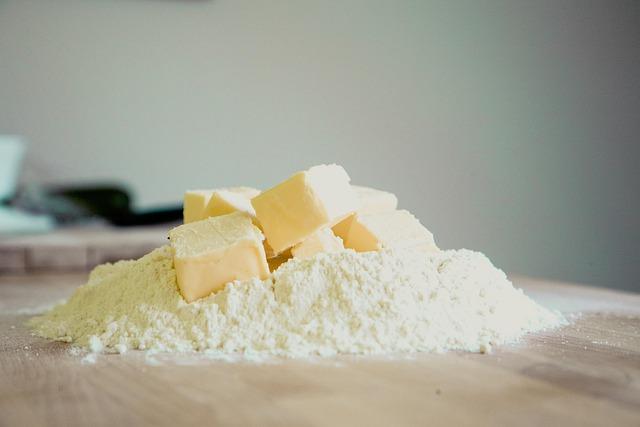
Best Practices for Selecting High-Quality Raw Cashew Butter
Choosing the right raw cashew butter can considerably elevate your culinary experiences. When selecting high-quality raw cashew butter, consider the following factors that ensure both texture and nutritional density:
- Origin of Cashews: Premium cashew butter is often made from sustainably sourced cashews, ideally from regions known for exceptional nut quality.
- Texture Consistency: Look for a smooth, creamy texture without separation or graininess; this suggests quality processing methods.
- minimal Ingredients: The best options contain only raw cashews, with no added oils or sugars that can dilute nutritional value.
Nutritional density is essential for maximizing the health benefits of cashew butter.when evaluating product labels, pay attention to:
- Protein Content: Aim for higher protein levels to support overall nutrition.
- Fat Profile: Check for unsaturated fats, which are beneficial for heart health.
- Vitamin and Mineral Richness: Choose varieties that are fortified with magnesium, iron, and zinc for added health benefits.
| Feature | High-Quality Cashew Butter | Low-Quality Cashew Butter |
|---|---|---|
| Texture | Smooth and Creamy | Grainy or Separated |
| ingredients | 100% Raw Cashews | Added Oils and Sugars |
| Nutritional Density | Rich in Proteins and Minerals | Low Nutritional Value |
The Conclusion
the exploration of raw cashew butter through the lenses of texture and nutritional density unveils a nuanced gratitude for this versatile spread. From its creamy consistency to the wealth of nutrients it offers, the quality of raw cashew butter can significantly enhance both culinary creations and your overall diet.As we’ve seen, not all cashew butters are created equal; the right choice depends on a careful consideration of both sensory experience and health benefits. Whether you spread it on toast, blend it into smoothies, or use it in savory recipes, understanding these quality factors empowers you to make informed, flavorful choices. As you embark on your culinary journey with raw cashew butter, remember that the subtle nuances of texture and nutrient composition can transform an everyday indulgence into a powerhouse of flavor and nourishment. Enjoy your exploration, and may every scoop bring you a little closer to the heart of mindful eating.

